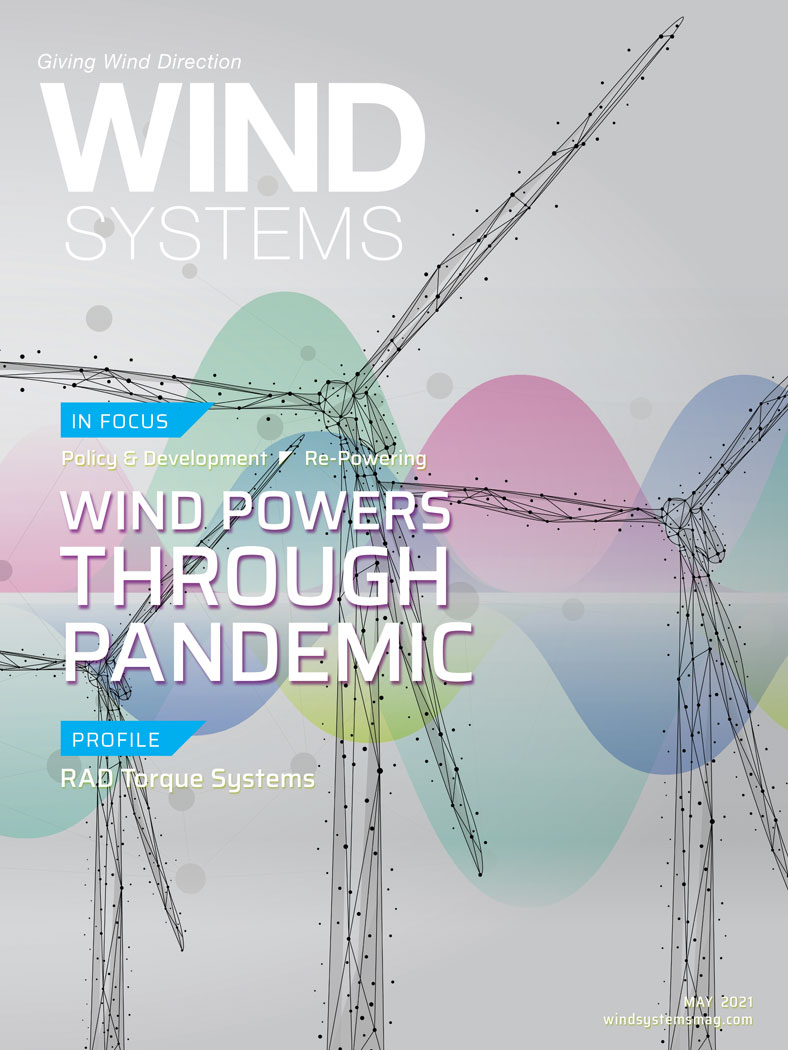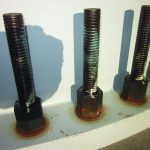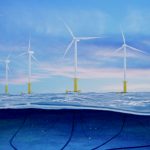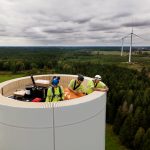Extensive research is underway to determine how to maximize the amount of electricity generated from wind power. This work is important because it will determine how optimally to expand wind-energy capacity.
In a TLT article [1], a theoretical study was conducted to predict locations in the U.S. where wind farms should be located. The authors used the Analog Ensemble Approach to predict wind speeds at specific locations using data from specific dates in the past that have the same weather at the time of forecasting.
Sara C. Pryor, professor in the department of earth and atmospheric sciences at Cornell University in Ithaca, N.Y., indicates there is further opportunity to expand wind-energy capacity in the U.S.
“Decarbonization of the electricity generation system is clearly needed, and the U.S. has excellent wind resources, and wind energy is now competitively priced compared to other sources,” she said.
Currently, the U.S. produces about 7 percent of its electricity from wind energy.
“The National Renewable Energy Lab (NREL) proposed in 2014 that 20 percent of U.S. energy be supplied from wind energy by 2030,” Pryor said. “Reaching that goal is consistent with historical trends and would contribute to energy self-sufficiency while achieving contributions toward reducing energy-related air pollution and climate forcing (greenhouse) gases.”
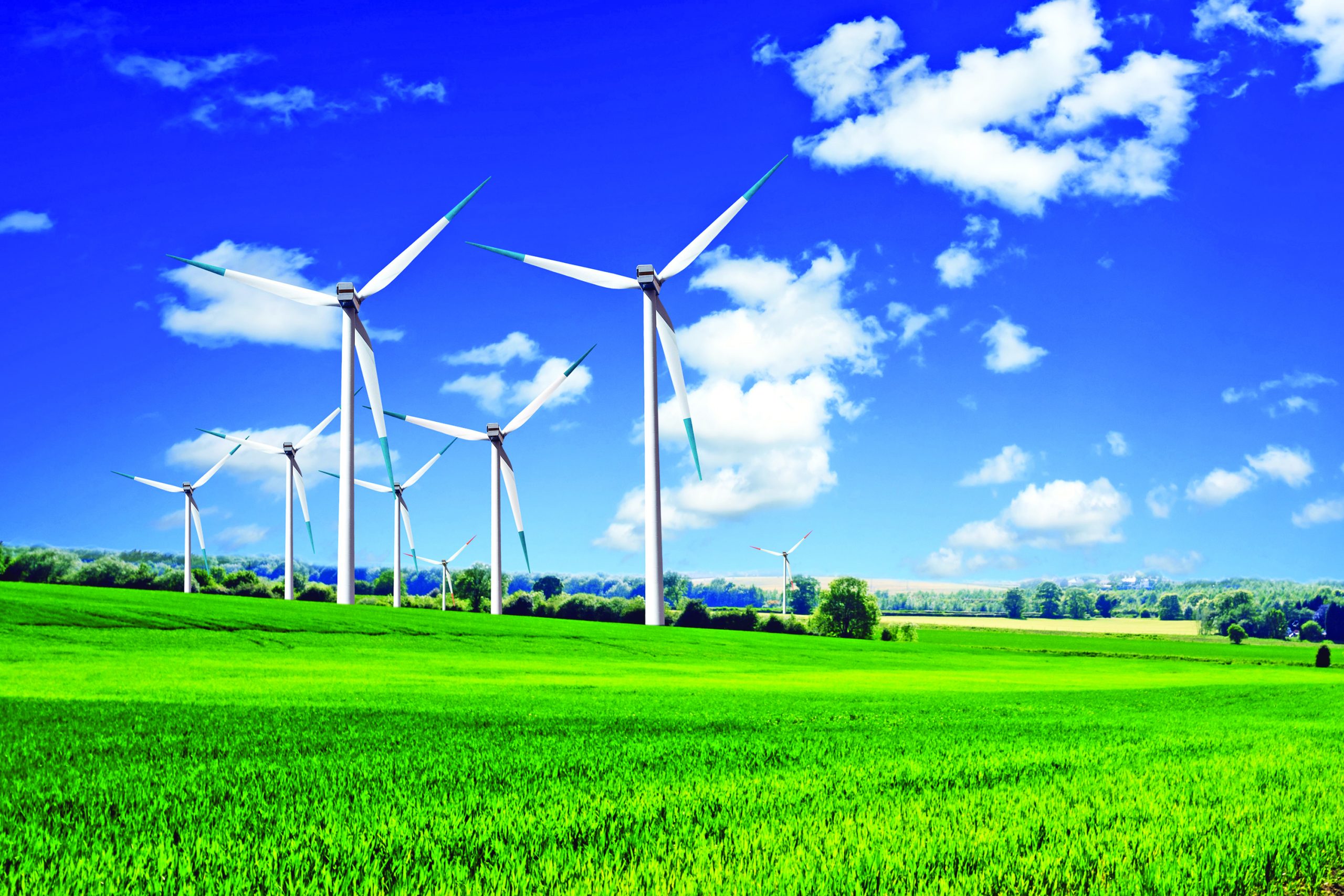
Concern has arisen from recent studies that suggest adding wind-energy capacity might affect regional climate.
“A notable study used rather unrealistic assumptions and very crude models, and likely is not robust, but it received press attention,” Pryor said.
Pryor gives the following explanation for how operating wind turbines can affect surface climate: “There is a ‘wake’ after each wind turbine where the wind slows down (due to extraction of momentum by turbines to convert that mechanical energy into electrical energy), and the turbulence levels (mixing) increase due to passage of the blades through the atmosphere. As the wind flow continues downstream, the wake spread mixes with surrounding undisturbed flow, and the wind speed recovers to levels that would be present if the wind turbines were not present. The addition of turbulence by wind turbines causes the lowest portions of the atmosphere to mix more — that means at night, warmer air is mixed down toward the surface from higher in the atmosphere, and equally during the day warmer air is mixed up from the surface.”
The researchers decided that a more realistic and robust study was needed to quantify the magnitude of the effect of wind turbine wakes and assess what happens when wind-turbine capacity is quadrupled in the eastern U.S. to meet NREL’s 2030 wind-energy goals.
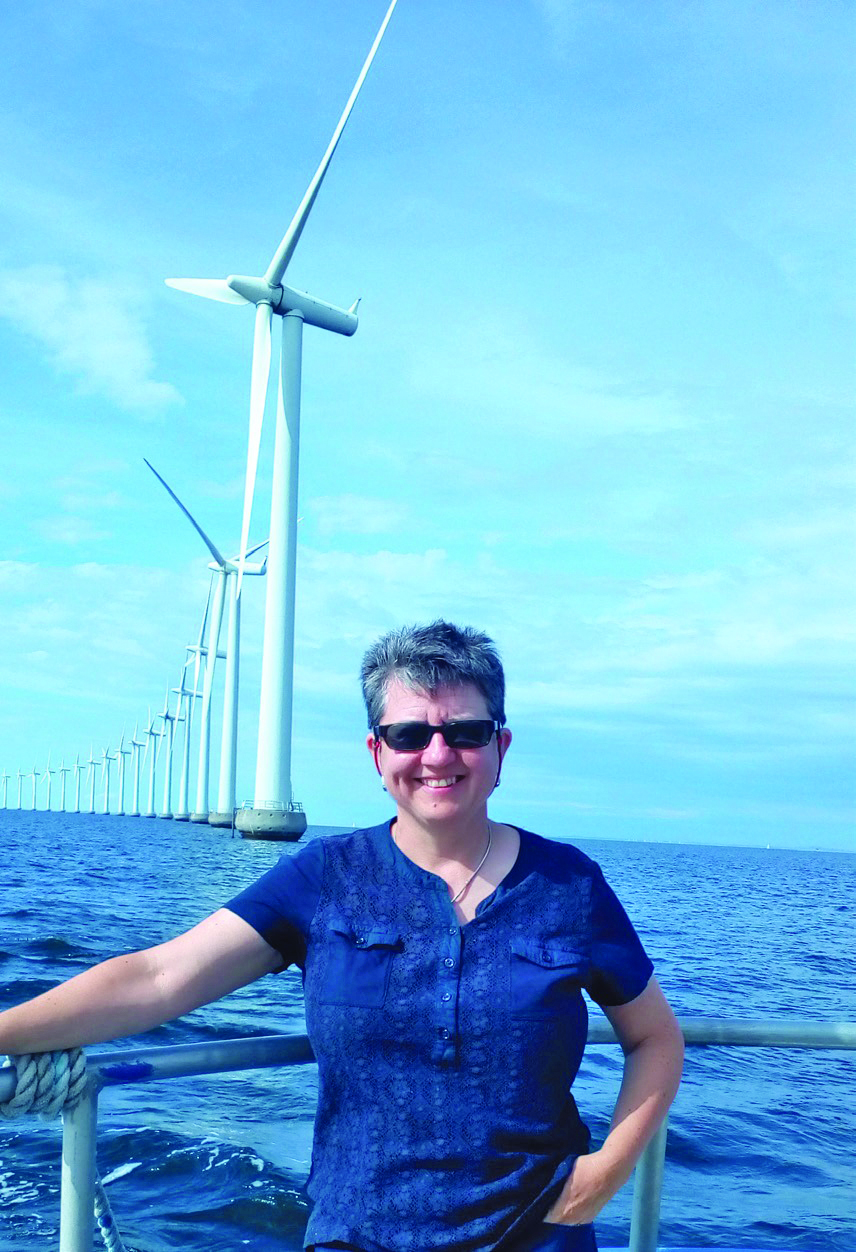
Re-Powering Scenarios
Pryor and her colleagues ran long-term, very high-resolution numerical simulations to determine the impact of added wind-energy capacity on the efficiency of electrical power production and surface climate. They used 2014 because this is the base year of the NREL study.
“We chose domains to cover about half of the currently installed wind turbines in the U.S.,” Pryor said. “Once we defined the domain, we then found the locations of all 18,200 wind turbines operating within the eastern U.S. in 2014, along with their turbine type. For each wind turbine in this region, we determined their physical dimensions (height), power, and thrust curves for a 10-minute operating period to compute how much power they would generate and how extensive their wake would be (both are a function of the wind speed that impinges on the turbines).”
The researchers also used re-powering scenarios to take into account that new wind-energy capacity will be added without the need for additional land by increasing the capacity of individual wind turbines.
“Not all future increase in wind-turbine-installed capacity will be achieved via re-powering, but use of re-powering scenarios avoids speculation regarding where new wind-turbine arrays will be developed, and it ensures that increases in installed capacity are placed where there are already grid connections,” Pryor said. “Thirty percent of U.S. wind farms are expected to undergo re-powering by the end of 2020, which means that this method to project how increased wind-turbine energy expansion will be realized is consistent with industry trends.”
“In our scenarios, the number of wind turbines is held constant, but older generation wind turbines are replaced by newer, higher capacity wind turbines to enable us to quadruple capacity in order to meet the NREL energy objective,” she said.
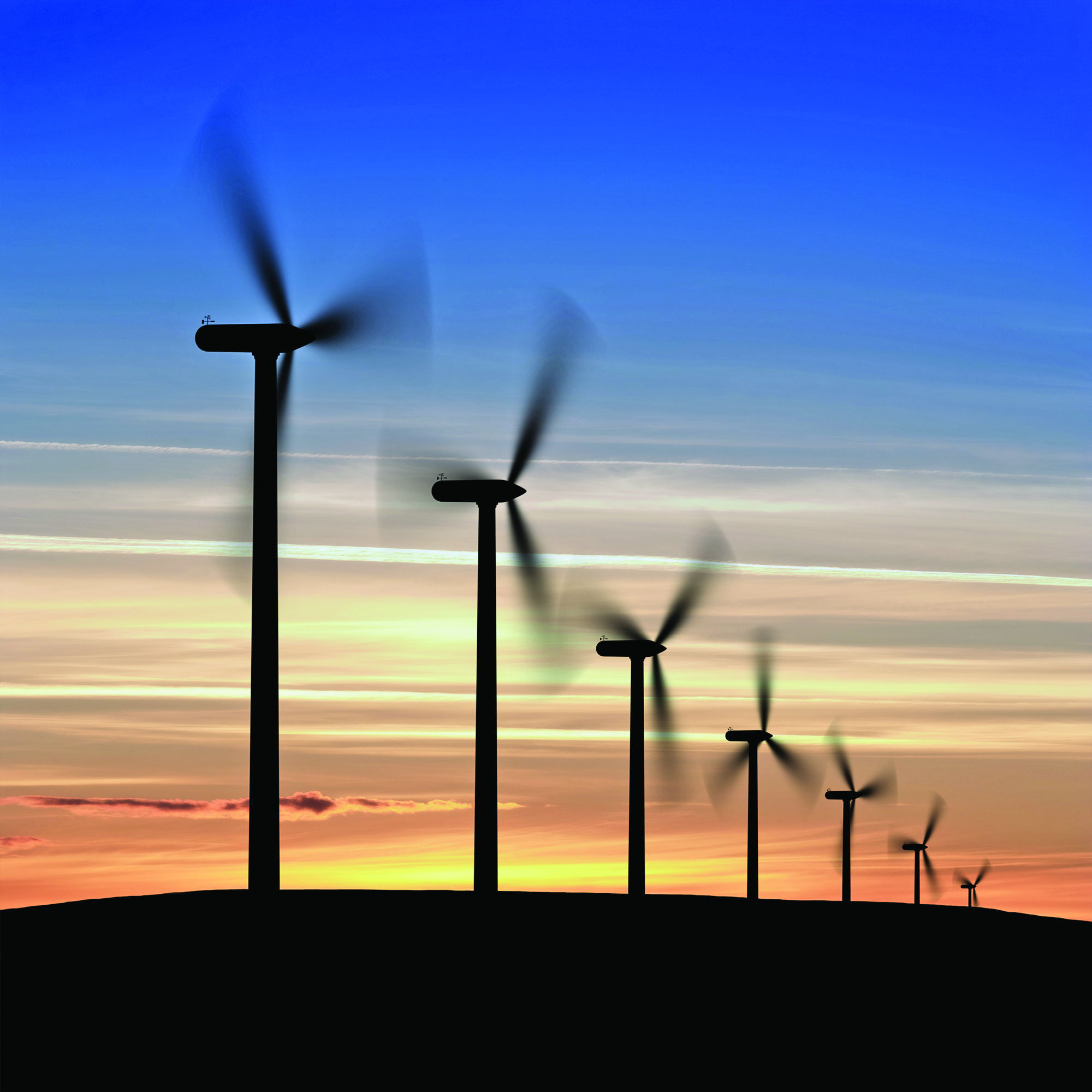
Two sets of base years were used by the researchers in conducting the simulations.
“Wind resources vary from year-to-year as a result of natural climate variability,” Pryor said. “Our simulations are conducted for a year with relatively high wind speeds (2008) and one with lower wind speeds (2015/2016). This interannual variability of wind resources is due in part to the El Niño-Southern Oscillation and, thus, provide a first estimate of the influence of internal climate variability on system efficiency and climate impacts from wind turbines.”
The change in wind-turbine system efficiency in the eastern U.S. is only limited.
“Expansion of the installed capacity has only a small impact on system-wide efficiency,” Pryor said. “A quadrupling of installed capacity will lead to electrical power production increases of over 3.6 times.”
The study also concludes that near-surface climate properties, at both the regional and local scales, does not increase with the added wind-turbine installed capacity.
“Climate impacts from wind turbines are smaller than regional changes induced by historical changes in land cover and lead to smaller global temperature perturbations than those induced by the use of coal to generate an equivalent amount of electricity,” Pryor said.
The researchers hope to improve modeling of wind farm wakes in the future. Additional information can be found in a recent study [2] or by contacting Pryor at sp2279@cornell.edu.
REFERENCES
Canter, N. (2020), “Where to locate wind farms?” TLT, 76 (2), pp. 16-17.
Pryor, S., Barthelmie, R. and Shepherd, T. (2020), “20% of US electricity from wind will have limited impacts on system efficiency and regional climate,” Scientific Reports, 10, Article Number: 541, pp. 1-14.
















